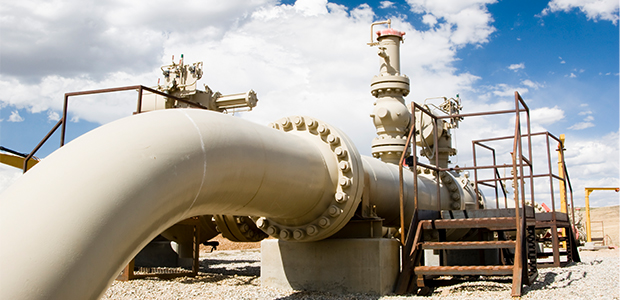
Gas Deals Remain Hot As M&A Activity Slows
Merger and acquisition activity in the upstream space has fallen significantly between 2024 and 2025, Rystad Energy reports. According to the firm, the $80 billion spent on upstream M&A in the first half of the year represents a 34% drop compared to the same period last year.
“The global pipeline of potential energy deals started 2025 strong at $150 billion, with $28 billion closed in the first quarter. But by July, the pipeline shrank to $119 billion and total deals announced in the first half reached about $80 billion,” relates Atul Raina, vice president of upstream M&A research for Rystad. “The slowdown is due mainly to volatile oil prices, tariff uncertainties, higher OPEC+ production and fewer oil-focused deals in the U.S. shale industry.”
It is becoming more difficult to find opportunities in the Permian Basin, which has long been the focus of North American dealmaking, Rystad notes. “As the Permian market begins to cool, exploration and production companies will turn their gaze elsewhere, as exemplified by deals such as Diversified Energy acquiring Maverick Natural Resources for nearly $1.3 billion and Citadel buying Paloma Natural Gas for $1.2 billion,” the analyst writes. It adds that EOG Resources acquired Utica-focused Encino Energy in May.
“Although a strong and profitable pipeline of upstream opportunities remains untapped in North America, U.S. shale consolidation has likely run its course,” Raina assesses. “Oil price volatility is creating uncertainty that makes it difficult for supermajors, independents and private equity-backed operators to capitalize on what would otherwise be an attractive market.”
However, natural gas is a bright spot. “The outlook for natural gas is notably stronger, driving a significant rebound in U.S. shale gas dealmaking in early 2025,” Rystad reports. “Deal values surged 30% in the first quarter, with gas representing 62% of traded resources, one of the highest quarterly shares of gas in traded resources since 2022. This momentum carried into the second quarter, with gas making up around 82% of total traded resources, the highest level seen since 2019.”
The growing appeal of natural gas has prompted majors to seek partnerships with gas-weighted operators, Rystad observes. It cites Equinor’s acquisition of nonoperated interests in EQT’s Marcellus assets late last year, as well as a deal in March through which Chevron sold its operated stake in East Texas assets to TG Natural Resources while retaining a 30% nonoperated interest. “These moves reflect a broader trend of companies focusing on core expertise or pursuing more capital-efficient participation in the recovering gas market,” Rystad says.
“These nonoperated joint ventures allow majors and international oil companies to focus on their core operational portfolios while maintaining exposure to U.S. shale gas, which has a positive outlook due to upcoming liquefied natural gas projects and rising energy demand from data centers,” Raina adds. “Retaining nonoperated stakes also allows majors to secure feed gas for planned off-grid power plants focused on artificial intelligence.”
For more details from Rystad on recent M&A trends, see Global M&A Activity Slows Amid Rising Valuations and Fewer Deals. The full post has information on international deals, including a brief discussion of consolidation in Canada, which has already pushed that country’s total deal value for 2025 close to its yearly average.
For other great articles about exploration, drilling, completions and production, subscribe to The American Oil & Gas Reporter and bookmark www.aogr.com.






